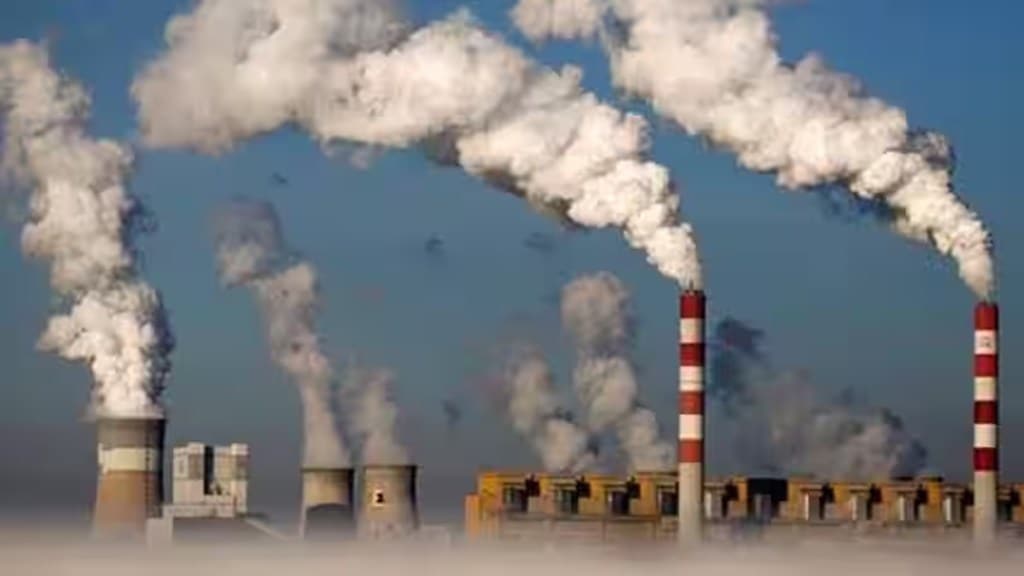A serious power deficit during the upcoming summer season looks real. The national grid operator has forecast shortages from April to October, with May and June likely to be “high-risk months”. For an economy facing a cyclical slowdown and severe external headwinds, the spectre of prolonged outages during peak hours in the scorching summer poses the unaffordable risk of all-round cost spirals and production halts.
To be sure, the situation hasn’t arisen as a surprise. Policymakers have been acutely aware of the energy crisis engulfing the country in the medium term, and for the last couple of years worked overtime to mitigate its severity. A contingency plan has been put in place, which includes ensuring adequate coal availability at thermal stations.
Besides, another 30 gigawatts (Gw) of coal-based generation units are being added to the 50 Gw under-construction capacities. Moreover, a policy push is being given to renewable energy (RE) storage with viability gap funding. Rooftop and floating solar units are being promoted, along with a thrust to decentralised RE. Domestic coal supplies are being accelerated by populating the sector with more players, technology induction, and unhindered open-market sales by captive mines. Plant load factor of thermal power units are stretched to the maximum, and plants run on imported coal too are put on a war footing.
These steps are indeed in the right direction, but they had come a bit too late. An earlier phase-out plan for thermal power had clearly been out of sync with reality and run ahead of time. Apart from what is already being tried, the solutions to the current problems could also include using even stranded (expensive) gas-based capacity to boost supplies. High spot power prices and the rise in the volume of electricity being traded on exchanges show not just the supply deficit but also the willingness of a section of industrial consumers to buy power at higher rates, if need be.
India is about to evenly balance its installed power capacity between fossil fuel units and other sources. However, RE still barely accounts for a fifth of supplies to meet peak demand, as storage capacity creation is at a very early stage, and round-the-clock RE supplies are almost non-existent. The transition to a RE-dominant energy mix is inevitable, but the next decade must see rapid addition of thermal capacities to keep pace with the surging demand. The recent record is dismal — only 1.4 Gw of thermal power added in April-January this fiscal, against the FY25 target of 15.4 Gw; in FY24 too, just 5.4 Gw capacities were newly created in the segment against the target of 14.7 Gw.
The government has set a target to almost double the capacities in the entire electricity value chain by 2030. This requires massive investments that would not be possible without a quantum jump in private investments, and enough credit flows to the coal-mining and thermal-power ventures. However, private risk capital is largely restricted to RE and the transmission sector. Release of electricity subsidy amounts from state budgets has been rather prompt in recent years, helping ease the payment issues, but the distribution entities’ technical and financial losses continue to undermine investor confidence. Distribution losses need a more efficient policy response, and technical solutions. PFC-REC funds should be optimally used for this purpose. Delays in acquiring equipment and land acquisition issues should be proactively addressed to kindle investor interest in thermal ventures.

